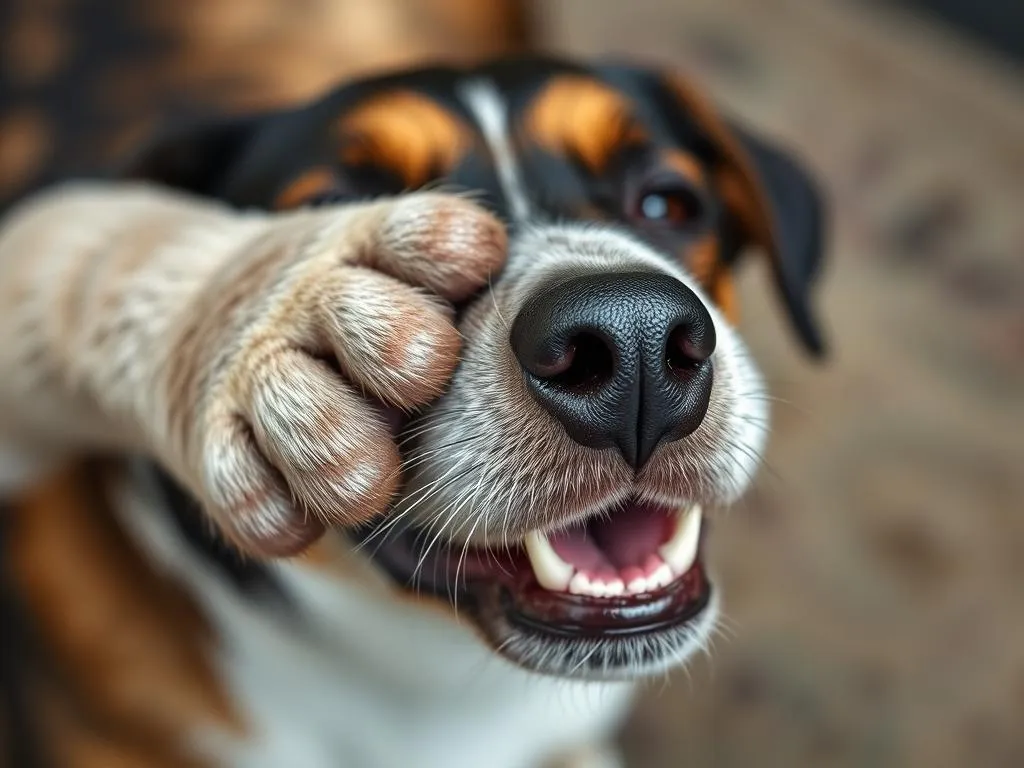
Introduction
Maintaining your dog’s health goes beyond regular vet visits and proper nutrition; nail care is a critical aspect that many pet owners overlook. What happens if you don’t cut your dog’s nails? Neglecting this essential grooming task can lead to various physical and emotional issues for your furry friend. In this article, we will dive deep into the anatomy of a dog’s nails, the importance of regular trimming, the consequences of neglect, and practical tips for maintaining your dog’s nail health.
Understanding Dog Nails
Anatomy of a Dog’s Nail
To understand the importance of nail trimming, it’s essential to know the anatomy of a dog’s nail. Each nail consists of a hard outer shell known as the claw, the quick, which is the sensitive part containing blood vessels and nerves, and the nail bed. Unlike human nails, dog nails have a more pronounced quick, which can lead to bleeding and pain if cut too short.
Types of Dog Nails
Dog breeds vary significantly in nail type. For instance, greyhounds have thin, delicate nails, while larger breeds like Great Danes possess thicker, sturdier nails. The color and length of a dog’s nails can also indicate when trimming is necessary. Light-colored nails make it easier to see the quick, while dark nails require more caution, as it’s harder to identify where the quick ends.
Importance of Regular Nail Trimming
Health Benefits
Regular nail trimming provides numerous health benefits for dogs. One of the most immediate concerns is preventing painful conditions such as splitting, cracking, or breaking of the nails. Long nails can also lead to infections, as they are more prone to dirt and bacteria accumulation.
Behavioral Benefits
Long nails can significantly impact a dog’s behavior. Dogs with overgrown nails may experience discomfort or pain, leading to reluctance to walk or engage in typical activities. This discomfort can affect their overall quality of life, resulting in behavioral issues such as anxiety or aggression.
Consequences of Neglecting Nail Care
Physical Health Issues
Neglecting to trim your dog’s nails can lead to a variety of physical health issues. Overgrown nails can curve or splay, causing pain that radiates through the foot and potentially leading to nail bed injuries. These injuries can become infected and may require veterinary intervention. Moreover, chronic overgrowth can lead to joint problems and long-term mobility issues, which may affect your dog’s ability to run, play, and enjoy life.
Emotional and Behavioral Impact
The discomfort caused by long nails can lead to significant emotional and behavioral changes in dogs. Pain can make dogs more irritable, leading to increased anxiety or aggression. A dog that feels uncomfortable may also exhibit changes in their social behavior, becoming withdrawn or less interactive with their human companions.
Long-term Effects
The long-term effects of neglecting nail care can be severe. Chronic pain caused by overgrown nails can lead to conditions requiring veterinary care, which may involve medication, surgery, or other treatments. Consequently, the costs associated with untreated nail-related health issues can add up significantly over time, making proactive nail care both a financially and morally responsible choice.
How to Properly Trim Dog Nails
Tools Required
Before you start trimming, it’s essential to have the right tools. Nail clippers come in various styles, including scissor-type and guillotine-type clippers. For larger breeds, heavy-duty clippers are recommended, while smaller breeds may require lighter options. Nail grinders are also an excellent alternative for some pet owners, as they can provide a smoother finish and reduce the risk of cutting the quick.
Step-by-Step Guide to Nail Trimming
-
Prepare Your Dog: Start by getting your dog comfortable. You can sit with them on your lap or place them on a stable surface. Use a calm voice and treats to create a positive environment.
-
Identify the Quick: For light-colored nails, look for the pinkish area of the quick. For dark nails, be cautious and trim just a little at a time to avoid hitting the quick.
-
Trimming the Nails: Place the clipper around the nail, making sure not to cut too close to the quick. If you’re using a grinder, gently file the nail to avoid quick injuries.
-
Handling the Quick: If you accidentally cut the quick and it starts to bleed, remain calm. Apply a styptic powder to stop the bleeding and give your dog a moment to relax.
When to Seek Professional Help
Some dogs may require professional grooming services, especially if they are anxious or uncooperative during the trimming process. If your dog’s nails are severely overgrown or you are unsure about trimming them yourself, it’s advisable to consult a groomer or veterinarian. They can provide expert care and advice tailored to your dog’s needs.
Additional Nail Care Tips
Frequency of Trimming
How often you should trim your dog’s nails depends on several factors, including breed, age, and activity level. Generally, dogs that walk frequently on hard surfaces may require less frequent trims than those who spend most of their time indoors. A good rule of thumb is to check their nails every few weeks and trim as needed.
Home Care and Maintenance
Regular checks can help maintain your dog’s nails. Aside from trimming, you can also incorporate home care techniques such as letting your dog walk on rough surfaces like concrete or gravel, which can naturally wear down their nails. Nail files can also be used for minor maintenance between trims.
Behavioral Training for Nail Care
Getting your dog accustomed to nail trimming can make the process smoother. Start by introducing your dog to nail clippers or grinders gradually. Use positive reinforcement strategies, rewarding your dog with treats and praise during and after the trimming process. Consistency is key; regular practice can help your dog become more comfortable with the procedure over time.
Conclusion
Taking the time to care for your dog’s nails is crucial for their overall health and well-being. Regular trimming can prevent painful conditions and enhance your dog’s quality of life. By understanding the anatomy of dog nails, recognizing the importance of nail care, and knowing how to trim them properly, you can ensure your furry friend remains happy and healthy. Remember, a little effort in nail care can go a long way in maintaining your dog’s happiness and health.









